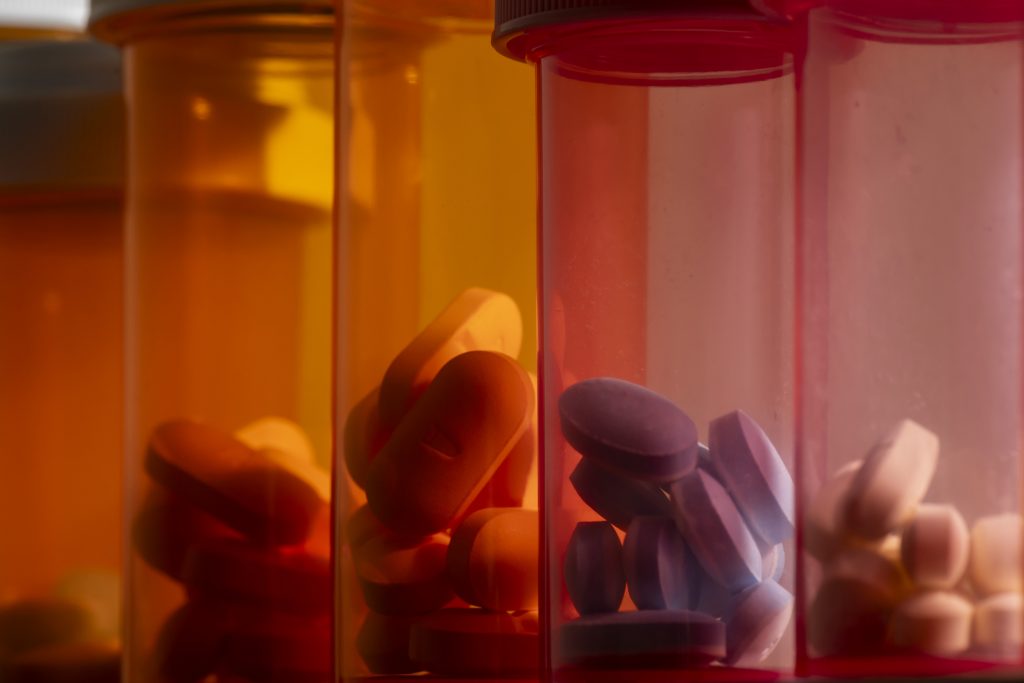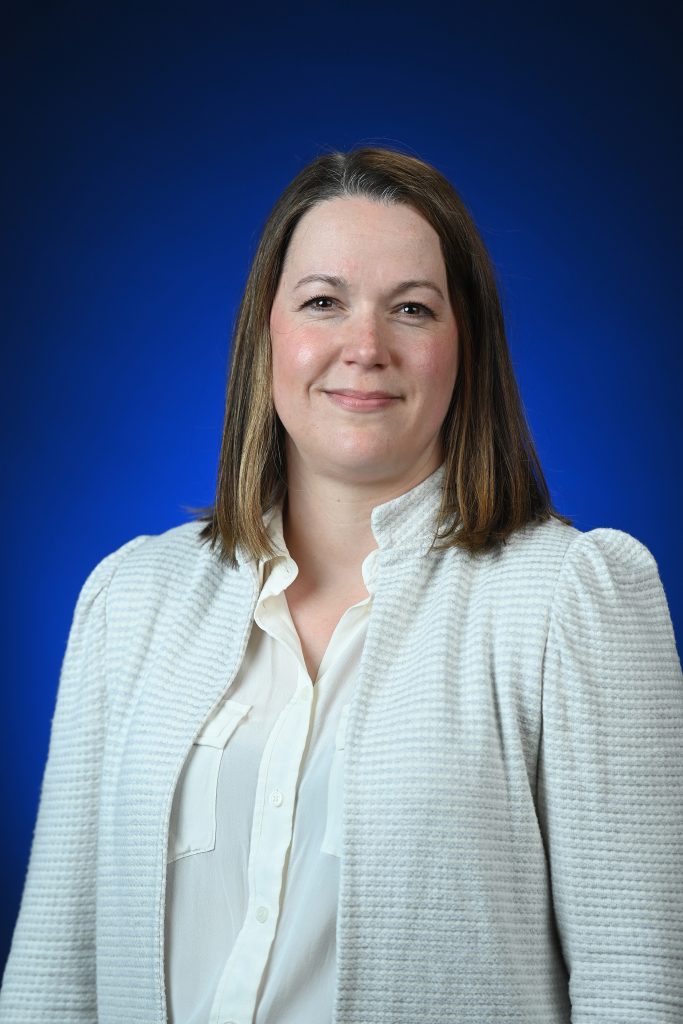
Millions of Americans battle substance use disorder, but only about 10% of them have ever received any kind of treatment. Using a new grant through the University of Mississippi's William Magee Institute for Student Wellbeing, the School of Pharmacy is working to tackle addiction stigma in Mississippi's health care system. Photo by Srijita Chattopadhyay/Ole Miss Digital Imaging Services
Team of schools partners to reduce substance use in the state
A $5 million grant secured by the University of Mississippi’s William Magee Institute for Student Wellbeing is helping the School of Pharmacy tackle addiction stigma in Mississippi‘s health care system.
The Magee Institute landed the funding from the Office of National Drug Control Policy. The overall project is housed in the institute’s Jackie and Faser Triplett Center for AOD Research.
Meagan Rosenthal, associate professor in the Department of Pharmacy Administration and interim director of the Magee Institute, is the project’s principal investigator.
“This is an opportunity to begin shifting the conversation around substance use disorder for our entire state,” Rosenthal said. “This is a substantial amount of funding to tackle the problem, and it’s a chance to prevent as many young people as we can from getting into these problems to begin with and ensuring that everyone around young people can have these conversations with students.”
The grant is funding work related to substance use disorder, with the goal of reducing drug use across Mississippi, particularly among young people.
The Ole Miss schools of Pharmacy, Applied Sciences and Education, plus Baylor University‘s School of Education and Shatterproof, a nonprofit organization focused on transforming addiction treatment and ending stigma, are all involved in different components of the effort.
The pharmacy school team will focus on stigma and continuing education for health professionals. The education schools are working to increase awareness in the middle and high school settings. Work in the School of Applied Sciences targets mental health first aid training for adults who engage with youth across the state.
“There are more people with substance use disorder in the United States than with diabetes,” said Stuart Haines, professor of pharmacy practice and principal investigator for the pharmacy school’s work on the project. “Stigma has a significant impact on whether people seek care from health professionals, and stigma is the number one barrier to treatment.”
Only one in 10 people who suffer from substance use disorder has ever received any kind of treatment for their condition, Haines said.
“Stigma also has an impact on health professionals’ willingness to screen patients, talk to patients about their disorder, provide treatment or referral and create an environment that’s welcoming enough that people feel safe to reveal things about their addiction or substance use,” he said.
Substance use and addiction can cover a range, from gambling to alcohol to opioids, Haines said.
“Addiction can be broadly defined as a behavior that a person regularly and compulsively engages in that negatively affects their life, their relationships and their ability to function in society,” he said.
“When most people think of substance use disorder, they think of opioids because it’s in the news a lot and so many people are dying from fentanyl overdoses, but that’s just one type of addiction, though obviously an important one.”
Haines named the misuse of stimulants such as Adderall and sleep drugs as common issues affecting students today.
“Sometimes these medications are used under a physician’s care, but that doesn’t make it any less of a problem if it’s impacting a person’s day-to-day life,” he said.
The goal behind Haines and his team’s work is to help health professionals perceive substance use disorder for what it is: a disease.
“Our role as health professionals is to help those who suffer from disease get treatment,” he said. “That includes being willing to screen for it, refer patients and talk about it.
“When we have the expertise to provide treatment, we should be willing to openly discuss it and not create unnecessary barriers for people who have substance use disorder.”
Mental health treatment has improved over time, with stigma decreasing and people being more willing than ever to discuss their mental health and seek help. The same cannot be said for substance use disorder, as the stigma surrounding the disease continues to linger not just in the health care system but in society at large.
Time is of the essence when it comes to treatment, which makes breaking down barriers to treatment crucial, Rosenthal said.
“It’s an illness that causes physiological changes in your body and brain over time,” she said. “New pathways are actually formed in the brain, so the longer you’re in that space with the addiction, the longer it takes to undo those pathways.
“That’s part of the reason we often see the cycle of relapse and recovery; their brain has become hardwired. It’s not a choice they’re making.”
To address the stigma, the pharmacy school team’s strategy relies primarily on educational interventions, including online messages and a podcast, as well as workshops around the state focused on skill development, such as interacting with patients in a way that is not stigmatizing.
“People with a substance use disorder come from every socioeconomic background, and health professionals are not immune either,” Haines said. “In fact, health professionals with a substance use disorder face unique challenges because of their access to drugs.”
While the scope of the project is large, the timeline for the work is short, as the funding covers only one year, Rosenthal said.
“This is the tricky part with research; it always takes longer than people think it should, but when we’re dealing with such a vulnerable population, we don’t want to get it wrong,” she said. “We want to make sure what we’re putting together does what it’s supposed to do and benefits the population.
“When the year is up, we will keep looking for opportunities to continue this research.”
By Natalie Ehrhardt





